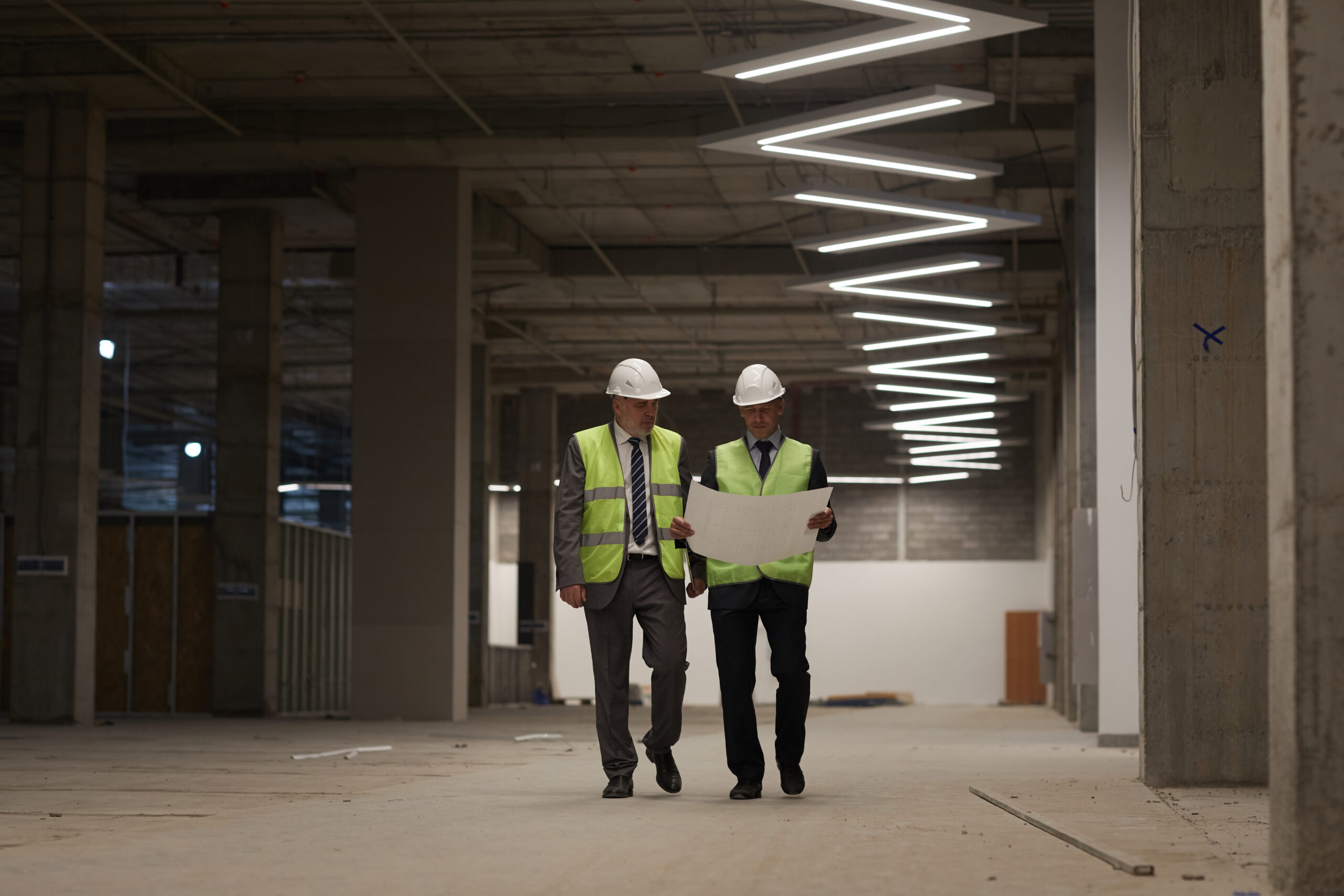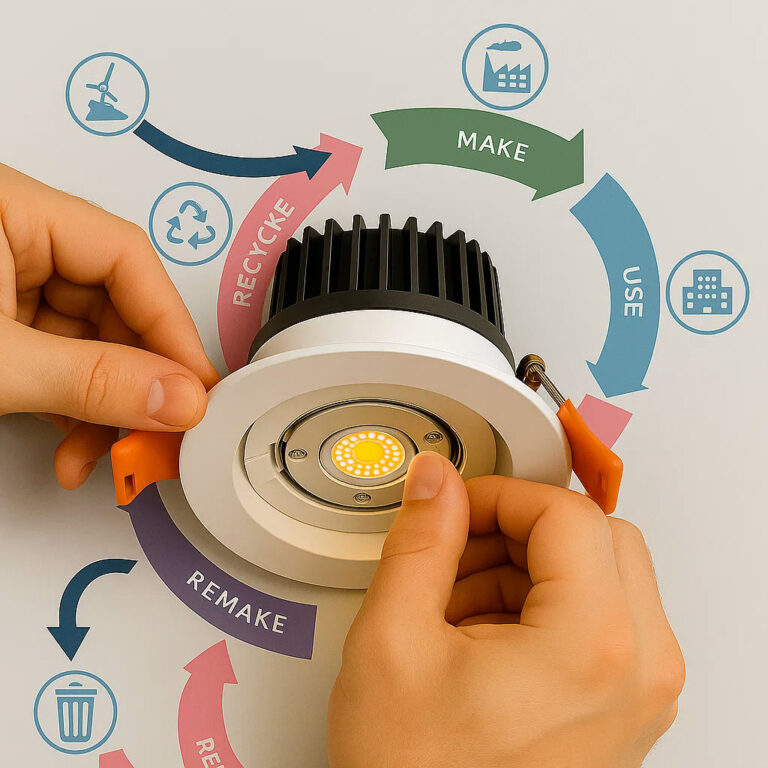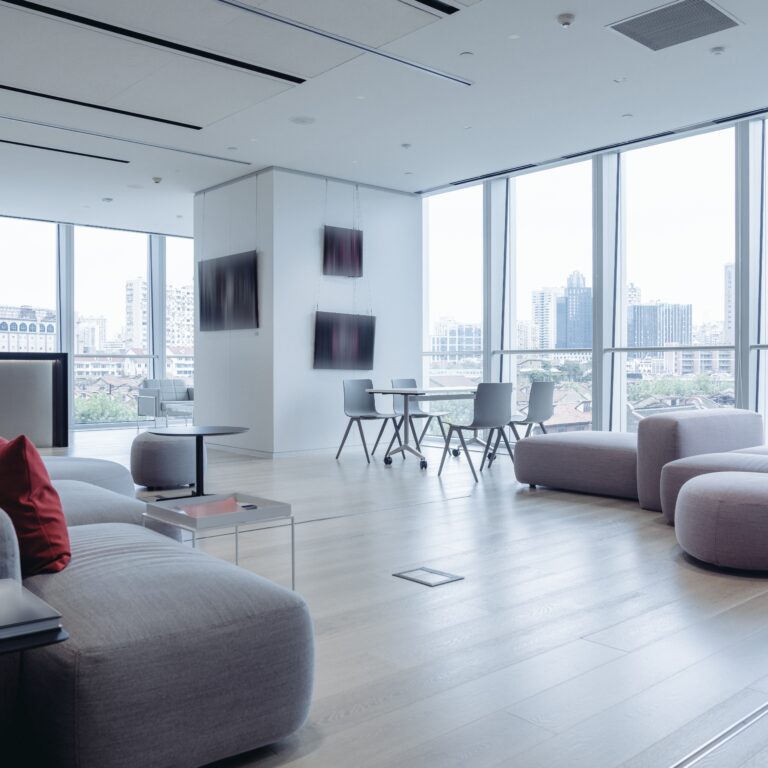Written by Ruchika Kaushal
Let’s face it—lighting projects are often seen as one of the most frustrating parts of construction. Budgets spiral, lead times shift, and design changes ripple through the entire project. Too often, success feels like it depends on all the stars aligning: the perfect supplier timing, no changes from the architect, and a contractor who actually reads the specs. But how often does that really happen? If you’re relying on perfect conditions to deliver your lighting scope, you’re setting yourself—and your project—up for stress, delays, and cost overruns.
The good news? Lighting doesn’t have to be a headache. When approached with foresight and strategic planning, lighting can move from being a source of friction to a seamlessly integrated, high-value element of the build. Here are a few key measures that help manage risk and reduce drama in lighting projects:
1. Budget with Precision, Not Optimism
The challenge: Lighting budgets are notoriously vulnerable to escalation—from material price hikes to scope creep. To avoid sticker shock after the design is finalized:
- Establish Realistic Pricing Early: Use up-to-date supplier data and market insight to set accurate cost expectations from the start.
- Choose Locally Available, Pre-Vetted Products: Selecting products that are practical and available (Canadian, where required) cuts down on markups and substitution risks later.
- Plan Value Engineering Upfront: When needed, VE should happen before drawings go out for pricing—so you’re steering cost, not reacting to it.
- Track Budgets as the Design Evolves: Ongoing monitoring ensures that small changes don’t become big financial surprises.
2. Schedule Like It’s a Moving Target—Because It Is
Fixture lead times are unpredictable, and late coordination leads to on-site panic.
What works:
- Rely on Actual Lead Times, Not Catalogues: Supplier updates are critical—especially when global logistics continue to shift. Build this intel into your planning.
- Loop in All Stakeholders Early: Lighting often falls through the cracks in coordination. Involve these players from Day One:
- Contractors: Early informal reviews of shop drawings can flag long-lead items and avoid delays. “Have a shop drawing pre-review party!”
- Suppliers: Pre-check availability and negotiate pricing early.
- Electricians: Get feedback on constructability and control wiring strategies.
- Architects & Engineers: Align fixture sizes, mounting details, and ceiling coordination.
- Break Down the Project into Phases: Clear milestones help ensure that lighting doesn’t get left behind as construction charges ahead.
- Build in Buffer Time and Backup Plans: Assume something will go wrong—and be ready with alternates.
3. Design for Change, Not Against It
Lighting is often impacted by architectural revisions, yet it’s rarely consulted first. Design changes are inevitable. The secret is planning for them.
- Build in Flexibility During Concept and SD: A good lighting design can flex with minor ceiling changes or layout shifts—without blowing up coordination.
- Use a Modular Design Strategy: Adaptable solutions (like tracks, grid-based layouts, or flexible drivers) give you breathing room later.
- Streamline Documentation: Make it easy to update and communicate changes quickly—especially across large consultant teams.
- Stay in Constant Dialogue with Architects: Design alignment is a moving target—staying in sync prevents surprises.
4. Think Holistically About Risk
Lighting is a system—just like HVAC or structure—and it deserves the same level of strategic foresight. That means going beyond just specs and schedules:
- Avoid Over-Engineering: Design with the user and budget in mind. Too much complexity increases cost and coordination burden.
- Vet Products for Compliance and Serviceability: Local code compliance, lead time, availability, and ease of installation all matter.
- Collaborate Early and Often: Involve lighting designers in M&E coordination meetings, clash detection, and VE discussions early.
Let’s Stop Hoping the Stars Align
In construction, risk is inevitable—but chaos is optional. The truth is, lighting only becomes a headache when it’s treated as an afterthought. By embedding smart, proactive measures into the process from the beginning, you give your project the best chance to succeed—without relying on miracles or luck.
Because honestly, how often do all the stars align? Design like they won’t.




